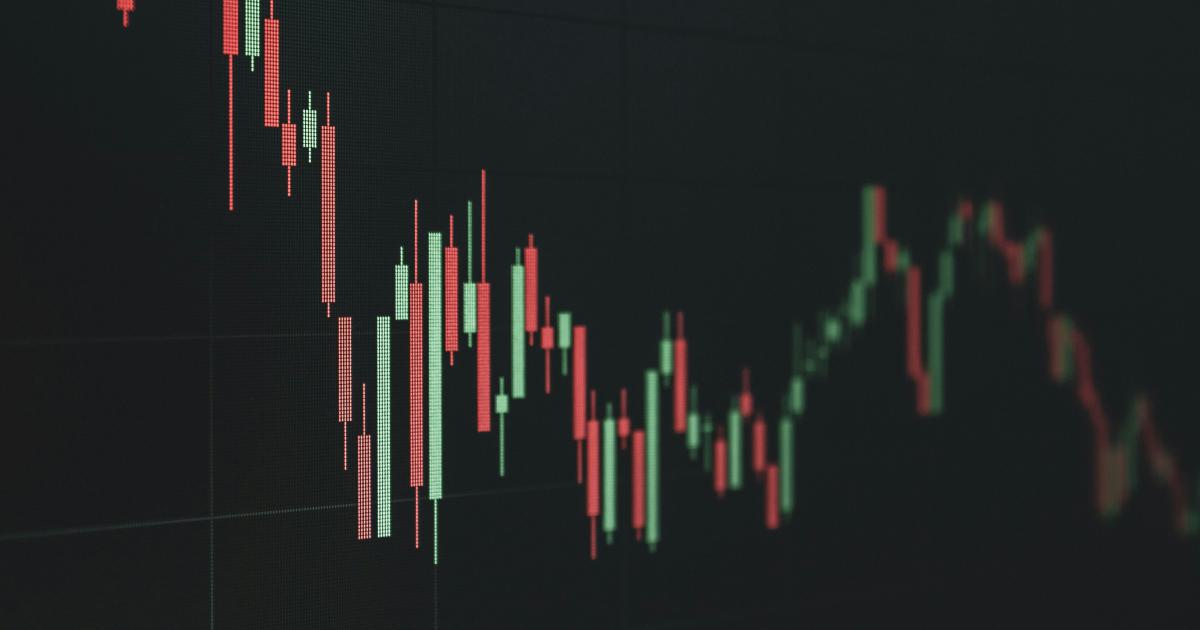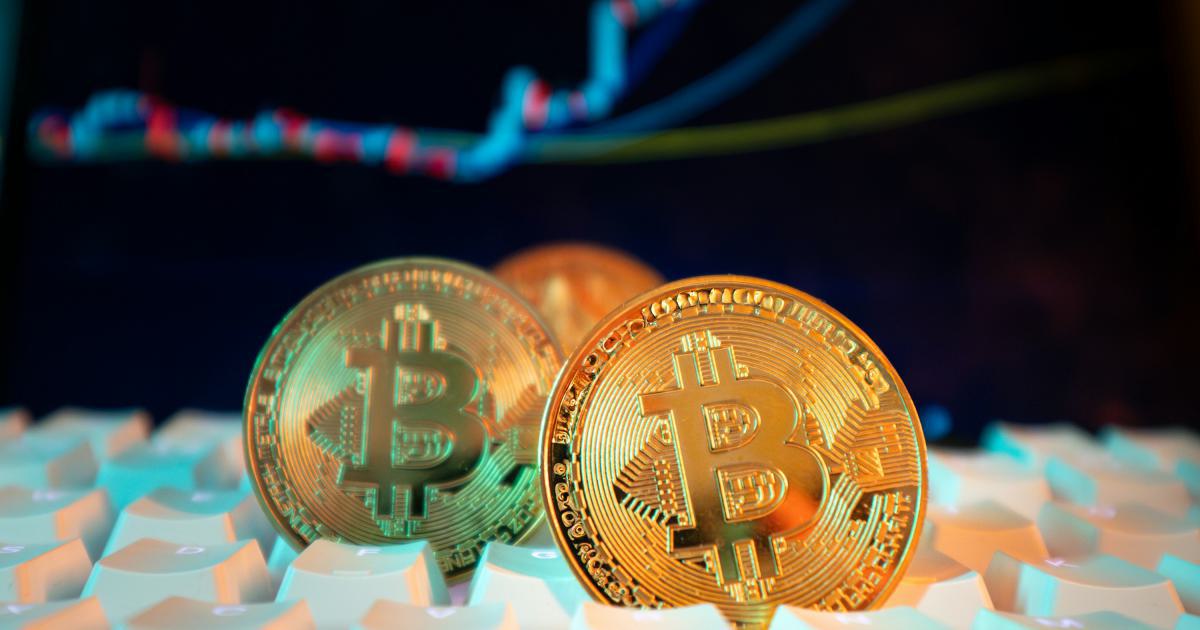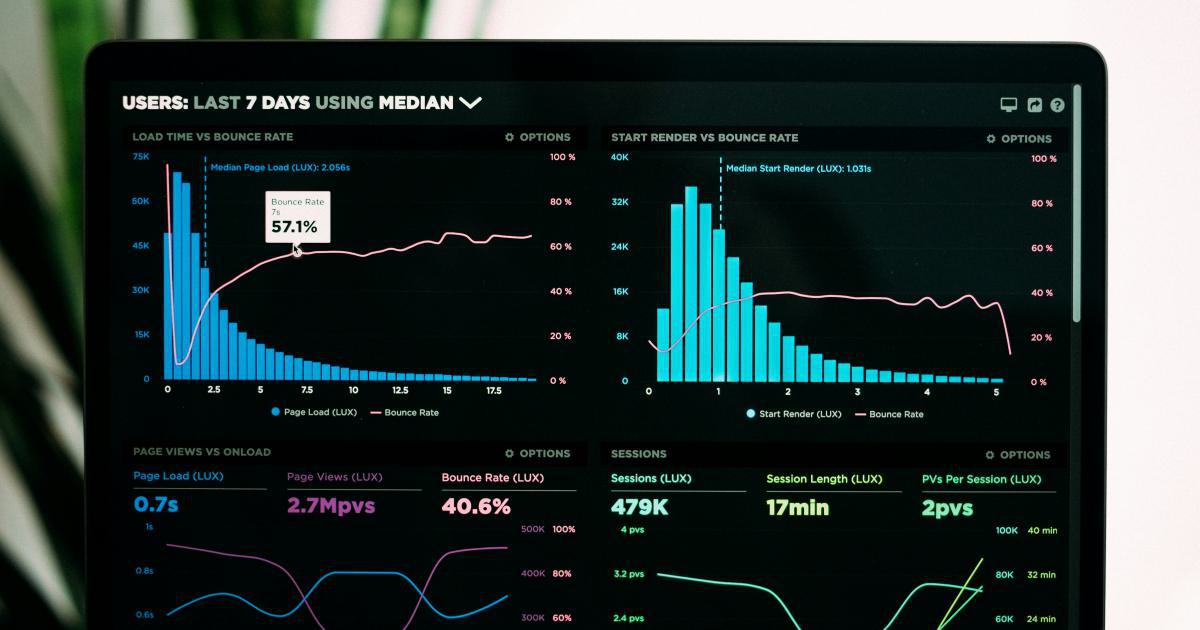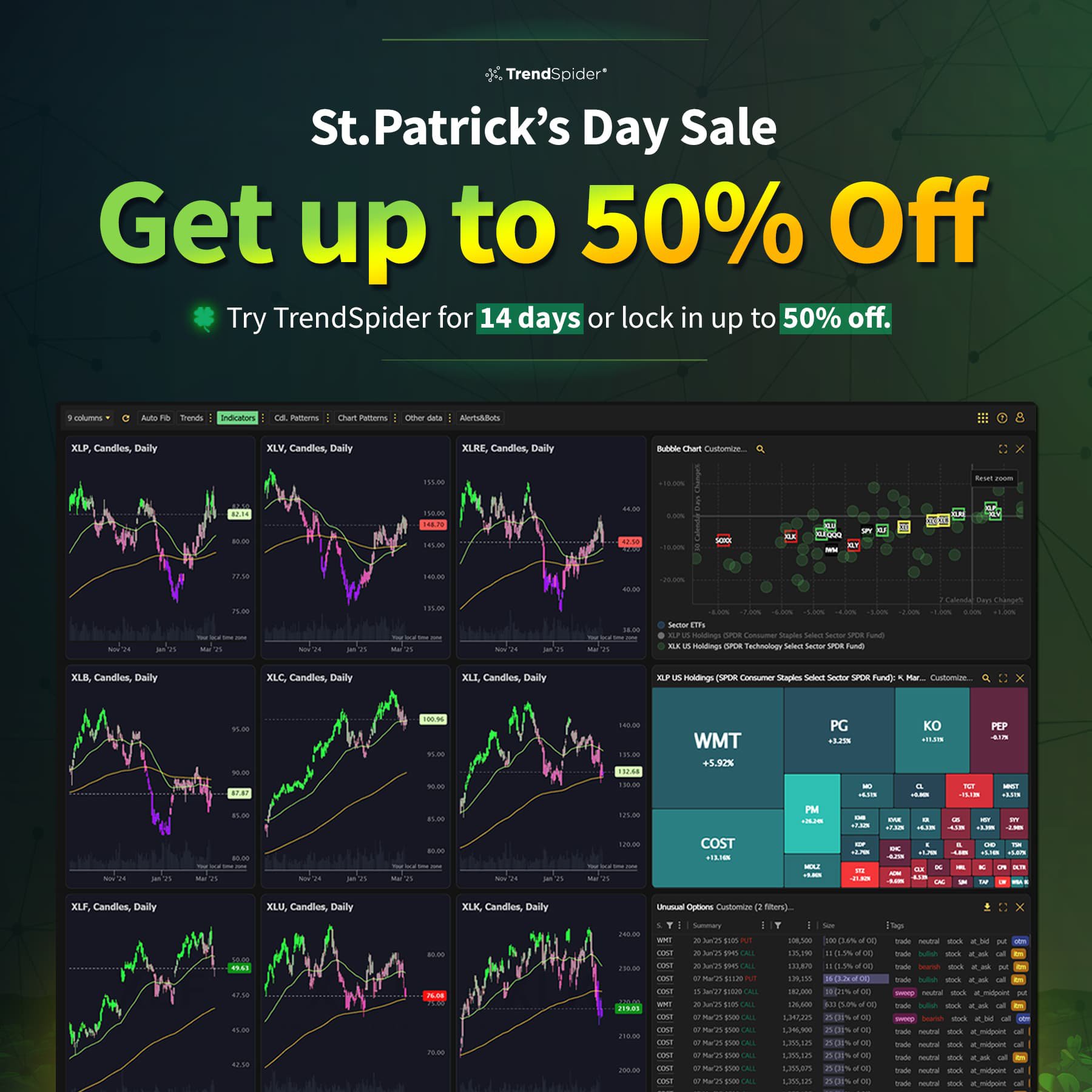Can Backtesting Trading Strategies Replace Real Experience?

Backtesting trading strategies has become an essential tool for traders looking to evaluate the potential performance of a trading system before risking real capital. In this era of rapid technological advancement, many wonder: can backtesting trading strategies replace real experience? While rigorous backtesting can simulate a wide range of market conditions with historical data, it is often argued that nothing can truly substitute for the instincts, judgment, and psychological resilience developed through real trading experiences. This article delves deeply into the world of backtesting and real trading, comparing their merits and limitations while offering actionable insights for traders at all levels.
Understanding Backtesting Trading Strategies
Backtesting refers to the process of testing a trading strategy using historical data to simulate its performance. By applying a set of predetermined rules to past market movements, traders can attempt to forecast how a strategy might have performed. The primary advantage of backtesting is its ability to help identify potential weaknesses or biases in a trading system without putting real money at risk.
The Mechanics of Backtesting Trading Strategies
When traders engage in backtesting, they must first define a clear, objective trading strategy composed of entry and exit signals. These signals are based on technical indicators, price patterns, or other quantifiable market factors. Once the strategy is defined, historical market data is used to simulate trading activity over a selected period. The results are analyzed to determine metrics such as profitability, maximum drawdown, risk-reward ratio, and win-loss ratios.
Backtesting trading strategies can help traders understand:
- Which market conditions favor their strategies.
- How different parameters affect performance outcomes.
- The robustness of their system against random market fluctuations.
- The psychological comfort of adhering to the tested strategy during live situations.
However, one must be cautious of overfitting—a scenario where the strategy is too closely tailored to historical data, which might reduce its effectiveness in live markets. Overfitting can result in a strategy that performs well in backtests but fails to adapt to future, unforeseen market dynamics.
Tools and Methodologies in Backtesting
Modern trading platforms and software such as MetaTrader, Amibroker, or Python-based frameworks allow traders to perform backtesting with varying degrees of complexity. These tools offer features like:
- Data import from reputable sources.
- Customizable technical indicators.
- Monte Carlo simulations to test strategy robustness.
- Walk-forward analysis to ensure that the model maintains its predictive power on unseen data.
In practice, backtesting is not just about generating impressive statistics. It requires careful analysis of the underlying assumptions, the selection of appropriate data, and the continual refinement of parameters to ensure the strategy remains viable in current market conditions. Backtesting trading strategies thus remains a critical preparatory step, yet is only one piece of a more complex trading puzzle.

Real Trading Experience: Beyond the Data
While backtesting is a robust analytical tool, real trading introduces elements that cannot be captured entirely by historical data. Live trading involves not only executing strategies in real time but also dealing with the psychological and emotional stresses that come with market volatility.
Psychological and Emotional Aspects of Trading
Real trading demands emotional discipline. Human psychology plays a significant role—fear, greed, and overconfidence can distort decision-making in live markets. For instance, even the most statistically sound strategy can falter when a trader panics during a sudden market downturn, deviating from the plan. Conversely, an overly aggressive stance fueled by recent profits can lead to riskier decisions.
Real experience teaches traders how to manage their emotions and build mental resilience. The tension of having one's money at risk and the responsibility of making quick decisions under pressure are experiences that no backtest can simulate. This underscores the idea that while backtesting can prepare you for the mechanics of a strategy, it does not instill the experiential wisdom needed for live market conditions.
The Impact of Market Conditions and Unpredictability
Market environments are continuously evolving, influenced by global events, market sentiment, and even technological disruptions. Backtesting relies on historical data, which might not accurately predict future conditions, especially in the face of unprecedented global events or shifts in economic paradigms.
For example, consider the unexpected market impacts of the 2008 financial crisis or the rapid market fluctuations during the COVID-19 pandemic. Even the most comprehensive backtests might have missed the nuances of these events. Real trading, with its inherent need for rapid adaptation and learning through firsthand experience, becomes crucial when dealing with such unpredictable market behavior.
Real experience also brings to light the importance of liquidity, slippage, and transaction costs—factors that can be difficult to accurately integrate into backtesting. While many backtesting platforms try to emulate these conditions, the live market often presents scenarios that require swift judgment and decisions that no simulation can wholly replicate.
Comparing Backtesting Trading Strategies with Real Experience
Exploring whether backtesting trading strategies can replace real experience requires a balanced examination of both approaches. Let's delve into comparisons based on reliability, adaptability, psychological impact, and performance metrics.
Reliability and Predictive Power
Backtesting often provides an initial reliability score for a trading strategy. By examining historical data, traders can identify potential profitability and risk measures. However, the predictive power of a strategy remains limited when market conditions shift dramatically.
Real trading experience offers a more dynamic evaluation. It allows traders to observe how strategies perform under varying conditions, including high volatility periods and unforeseen economic events. Thus, while backtesting lays the groundwork by filtering out potentially flawed approaches, real trading experience validates these strategies under actual market conditions.
Adaptability to Market Changes
Backtesting data is static—representing past market behavior. When markets evolve, a strategy that once performed well may become obsolete. Continuous retesting and parameter adjustments become essential to maintain effectiveness.
Real trading, on the other hand, demands immediate adaptation. Market conditions can change in the blink of an eye, and there is little time for recalibration. Learning to make swift adjustments and having the presence of mind to reevaluate strategies in the real world are skills often honed only through active trading.
Human Factor vs. Algorithmic Precision
One of the key distinctions between backtesting and real experience is the human element. While algorithms operate with precise rules, humans add their intuition, creativity, and judgment—qualities that have no direct equivalent in backtesting.
For many traders, this human factor is crucial. It involves recognizing market sentiment, interpreting news, and reacting to global events in ways that algorithms might not capture—even with the most advanced artificial intelligence models. The direct involvement of a trader in real decisions often results in a more holistic approach to trading, combining data-driven insights with real-time intuition.
Performance Metrics and Their Limitations
Performance metrics derived from backtesting can be misleading if not critically analyzed. Metrics such as total return, Sharpe ratio, or drawdown are useful benchmarks but can hide underlying issues like overfitting or data snooping bias.
Real trading performance, albeit messier and influenced by numerous external factors, provides an unfiltered look at how a strategy withstands market turbulence. For instance, backtesting may indicate a high win rate, but even a slight misstep in live trading can result in amplified losses due to real-world factors such as execution delays or liquidity issues.

Deep Dive: The Role of Technology and Innovation
The technological revolution has transformed trading. With advancements in computing power and the availability of vast amounts of market data, traders now have access to sophisticated backtesting tools and automated trading systems. However, technology is a double-edged sword—it enhances analytical capabilities while simultaneously introducing new challenges.
Automation and Algorithmic Trading
The rise of algorithmic trading has driven many traders to rely heavily on backtesting as a foundational step. Automated trading systems, once configured and tested through backtesting, can execute strategies without human intervention. This automation can lead to more precise and timely trades.
Yet, the reliance on automation underscores a critical caveat: algorithms operate on pre-programmed logic and cannot inherently adjust to anomalies unless they have been programmed to do so. During market extremes or events that have no historical precedence, these systems may falter. Real experience enables traders to step in, override automated systems, and adjust strategies as necessary—combining the strengths of both worlds.
The Integration of Machine Learning
Machine learning and artificial intelligence are rapidly advancing the capabilities of backtesting and modeling. By analyzing vast datasets and detecting patterns imperceptible to humans, these technologies promise even greater accuracy in predicting market behaviors. Machine learning algorithms can continuously refine trading strategies, offering adaptive solutions that learn from each new data input.
However, the integration of these advanced technologies does not negate the need for human oversight. While machine learning can unearth hidden correlations and optimize models, interpretability remains a challenge. Traders must still decode the outputs, understand the underlying assumptions, and discern whether a model's predictions align with broader market logic.
Limitations of Technological Solutions
Despite the impressive capabilities of modern backtesting platforms, technology cannot fully mimic the variability and unpredictability of live markets. Factors such as network latency, execution slippage, and sudden market shocks remain areas where real experience is indispensable. Additionally, even automated systems require regular monitoring and periodic re-tuning to adapt to changing market conditions.
The rapid evolution of technology thus creates a scenario where backtesting trading strategies and real execution form a symbiotic relationship. Each complements the other, and successful trading strategies often depend on the effective integration of both high-tech simulations and the hard-earned wisdom that only real market experience can provide.

Case Studies and Real-World Examples
Numbers and theories aside, real-world examples best illustrate the benefits and limitations of backtesting and real trading experience. Several notable case studies highlight how traders have blended both approaches for optimal outcomes.
Case Study 1: The Quantitative Hedge Fund
A well-known quantitative hedge fund once relied heavily on backtesting trading strategies to develop its algorithmic models. The firm invested significant resources in modeling, using decades of market data to fine-tune its systems. Initially, backtesting results were excellent, indicating robust profitability and minimal drawdowns. However, as market conditions changed—particularly during a period of significant economic uncertainty—the automated models began to underperform.
The hedge fund’s leadership realized that the algorithms, calibrated exclusively on past conditions, were not agile enough to adapt to unforeseen market shocks. In response, they integrated seasoned human traders into their operations. These professionals provided real-time insights during turbulent periods, making discretionary adjustments that the automated system could not. The case study emphasizes that while backtesting is invaluable, it must be complemented by the adaptability and intuition gained from real trading experience.
Case Study 2: The Independent Retail Trader
An independent retail trader adopted backtesting as a way to validate a day trading strategy built on technical indicators. Using historical data spanning multiple market cycles, the backtests consistently showed a profitable pattern. Buoyed by these results, the trader began executing the strategy in live markets. Initially, the discipline of following a well-tested strategy seemed to yield positive results; however, when unexpected market volatility hit, the trader found that the psychological pressures and rapid decision-making in real trading significantly diverged from the calm, controlled environment of backtesting.
Faced with mounting losses, the trader refined the approach by incorporating risk management techniques and practicing scenario planning, lessons that could only be learned from the real experience of trading under pressure. This example underscores the notion that backtesting trading strategies is a powerful tool but must be integrated with real-time trading acumen and robust emotional discipline.
Lessons Learned from the Case Studies
Several recurring lessons emerge from these case studies:
- Backtesting serves as a valuable initial filter for strategy viability.
- Real trading experience is essential for handling market anomalies and psychological pressures.
- Combining quantitative simulations with qualitative judgment leads to a well-rounded trading approach.
- Continuous adaptation is key, as both historical data and live market conditions evolve over time.
The interplay between rigorous backtesting and real trading experience underscores the importance of not relying exclusively on one approach. While quantitative analyses can provide critical insights into a strategy's potential, the human elements of judgment and emotional resilience remain irreplaceable in the dynamic environment of live trading.

Integrating Backtesting and Real Experience for Success
Given the distinct advantages of both approaches, the question then becomes: how can traders integrate backtesting with real experience to enhance overall performance? A hybrid approach often yields the best results.
Step-by-Step Guide for a Hybrid Trading Strategy
Define a Clear Strategy:
Conduct Rigorous Backtesting:
Analyze Performance Metrics:
Implement Walk-Forward Analysis:
Embrace Real Trading:
Continuous Monitoring and Adaptation:
Psychological Preparedness:
Best Practices for Long-Term Success
- Remain Flexible:
- Avoid Overreliance on Technology:
- Emphasize Risk Management:
- Document and Review:
- Engage with the Trading Community:
The Path Forward: Balancing Data with Experience
Integrating backtesting trading strategies with real trading experience is not merely about using one approach over the other—it’s about synthesizing both elements to create a cohesive strategy. The technical precision of backtesting can be significantly enhanced when combined with the nuanced insights gained from real trading. This balance is the key to developing strategies that are both robust in theory and resilient in practice.
Over time, the integration process may reveal that some strategies perform exceptionally well in controlled, historical environments but falter when subjected to the myriad complexities of live markets. In such cases, refining the strategy, incorporating new variables, or even switching to a more flexible approach can safeguard against unexpected losses.
Moreover, as traders grow more experienced, they may begin to challenge the assumptions underpinning their backtested models. For example, adjustments for market liquidity, execution delays, and even minor slippages can be incorporated more effectively with real-time oversight. This evolution leads to the continuous improvement of both the quantitative and qualitative aspects of trading.
Ultimately, a successful trader learns to draw insights from both backtesting and live experience. The analytical rigor provided by backtesting forms the foundation upon which real-world trading strategies are built. At the same time, the unpredictable nature of live trading fosters a level of adaptability and psychological resilience that no simulated environment can fully capture. By respecting the strengths and limitations of each approach, traders can harness the power of data without losing sight of the human insights essential for navigating turbulent markets.
In summary, while backtesting trading strategies represent a valuable component of the preparatory phase for trading, they should not be seen as a complete substitute for the rich, multifaceted experience gained through live trading. There is a profound synergy to be found when the methodical insights from backtesting are combined with the instinctual, adaptable nature of real market engagement. This integration not only enhances the reliability of trading strategies but also fortifies a trader’s capacity to manage risks and exploit emerging opportunities.
Conclusion
In the final analysis, backtesting trading strategies and real trading experience each offer unique benefits that, when integrated, can lead to superior trading performance. Backtesting provides a highly efficient and data-driven means of strategy validation, but it is inherently deterministic and retrospective. Real experience, though fraught with emotional and psychological challenges, brings a dynamic and adaptable perspective that is indispensable, especially in times of market uncertainty.
No single approach is infallible. Determined traders realize that the true art of trading lies in finding a harmonious balance between the empirical insights of backtesting and the invaluable lessons gleaned from active market participation. Whether you are a seasoned institutional trader or an independent retail trader, developing a mindset that embraces continuous learning, risk management, and adaptive strategy formation is essential.
For those looking to refine their trading methodology, integrating comprehensive backtesting with real-world experience is not merely advisable—it is essential. By doing so, traders not only mitigate the pitfalls associated with each approach individually but also create a resilient framework capable of navigating today’s ever-evolving financial markets.
The journey of blending technology with human intuition is ongoing. As market dynamics continue to transform, so too must the strategies employed by traders. The fusion of backtesting and real trading experience stands as a testament to the idea that while historical data can light the path, the human spirit paves the way forward.
Embrace the lessons of the past, stay agile in the present, and prepare for the future with a strategy that is as much about calculated precision as it is about the indomitable will to succeed. This balanced approach not only enhances the effectiveness of trading strategies but also nurtures the holistic development of a trader’s skills and mindset.
Happy trading, and may each informed decision contribute to a prosperous trading journey!
Unlock Trading Potential with Automated Analysis
Tired of missing opportunities and making suboptimal trading decisions? TrendSpider's cutting-edge platform automates complex technical analysis, saving you time and reducing human error.
With multi-timeframe analysis, dynamic alerts, backtesting, and customizable charting, you'll gain a competitive edge in identifying trends and making informed trades across global markets.
Unleash the Power of Automated Trading Analysis
Are you struggling to keep up with the fast-paced trading world? TrendSpider empowers you with cutting-edge tools for optimal strategy execution.
Our automated technical analysis suite eliminates guesswork, backtests strategies, and delivers real-time alerts, saving you valuable time and effort.


